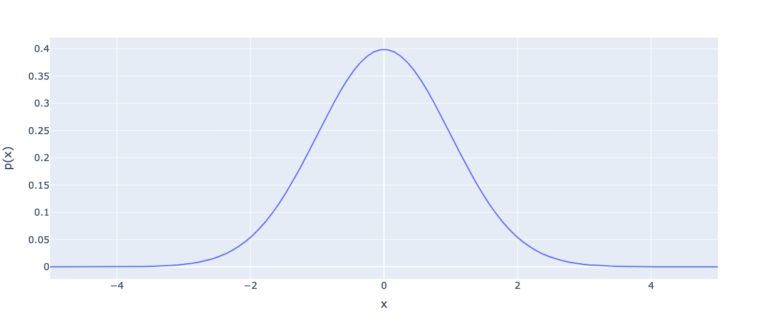soldered RAM, minimum cores and + 50% performance
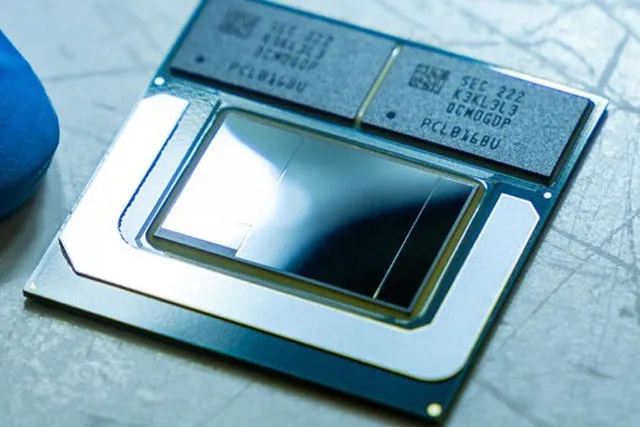
Desktop line Arrow Lake processors is undoubtedly one of the most anticipated new products from Intel, but the upcoming release Lunar Lake This definitely doesn't make it any worse. On the contrary, the range of mobile processors, aimed at portable solutions, promises to receive a serious technical upgrade. They will get increased performance, integrated RAM and something else. We take a closer look at the new chips under the cut.
Comparison of Intel Lunar Lake and Meteor Lake processors
Architecture of Lunar Lake was originally developed for laptops and other devices of a similar nature with a TDP of around 15 W. So there is no doubt that it will form the basis Intel U series processorsreplacing the Meteor Lake lineup.
But novelty is not always about big numbers, says Intel. Therefore, even the most powerful version of the processor based on the new architecture will be able to offer a configuration of only 4 high-performance Lion Cove cores and 4 energy-efficient Skymont cores. This is less than the similarly positioned Meteor Lake-U CPU modification, which had 10 cores and 12 threads.

Intel's desire, if not to catch up, then at least to get closer in basic parameters to Apple with its M-series is obvious. Don't expect anything from Lunar Lake hyperthreading, which many were hoping for. This is practically a fait accompli, and Intel, apparently, has decided to abandon it as a phenomenon altogether, so it won’t be in Arrow Lake either.
Intel Lunar Lake Processor Performance
Instead of Hyper-Threading in new processors There will be an emphasis on achieving maximum energy efficiency. Despite this, test samples based on Lunar Lake are noticeably faster compared to Meteor Lake-U. The new architecture provides them with a performance boost in tasks that require multi-threading like Cinebench 5.4.5, up to 50%.
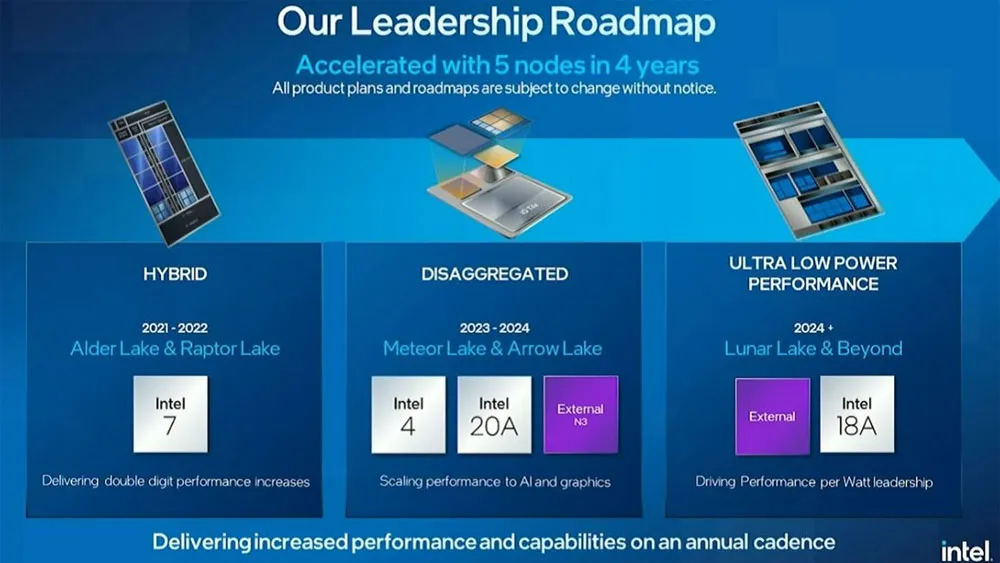
Hyperthreading has always been the cornerstone of Intel processors' performance in multi-threaded use cases. And since the company refuses to use it in Lunar Lake and Arrow Lake, it means that it has the most serious reasons for this. However, it is difficult to say how exactly the absence of such a serious technology will be offset.
Perhaps it's all about significantly increasing productivity through an alternative technique called Intel Forevos. This is a relatively new technology, which, however, allows Intel to increase the performance of the cores in its processors while maintaining low efficiency and heat dissipation.
The performance gain will also be achieved partly due to the increased use of processors of the new AI architecture. Lunar Lake neural engine will be three times faster than in the Meteor Lake line, which is guaranteed to speed up the execution of many tasks that rely on artificial intelligence and neural networks.
Features of laptops on Intel Lunar Lake
However, Lunar Lake is not just one processor, but a whole series. Therefore, quite significant differences are inevitable in their characteristics and capabilities. If you believe the leak materials, the most powerful representative of the line will be able to overclock up to 30 W inclusive, while the weakest – aimed at laptops without active cooling – will have a power of around 8 W.
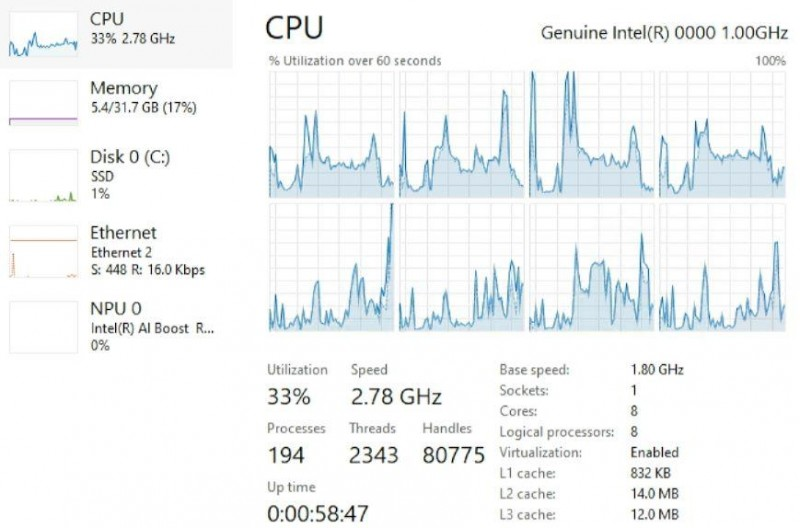
All of them are rumored to support PCI-Express 5generation, Thunderbolt 4 for data transfer at ultra-high speeds and connecting external displays (if there is enough performance; the new MacBook Air, for example, is not always enough), DisplayPort 2.1, Bluetooth 5.4 and gigabit Ethernet.
Native support looks much more interesting WiFi 7. Of course, its presence in the final product – that is, a laptop – will depend on the manufacturer, but the very fact that Intel is introducing this solution deserves respect. After all, Apple only recently gained compatibility with Wi-Fi 6E, and Wi-Fi 7 is still a long way off. In this sense, the “blues” are moving forward, and one can only rejoice at their success.
The graphics component of the Lunar Lake line will be represented by integrated video chips Battlemage Xe2-LPG. In addition, for the first time in processors of this level, Intel plans to use integrated RAM. Chips will be selected for the new architecture LPDDR5X, which are soldered on the same board with the CPU. This will make Intel processors even more similar to Apple Silicon.
When will Intel Lunar Lake processors be released?
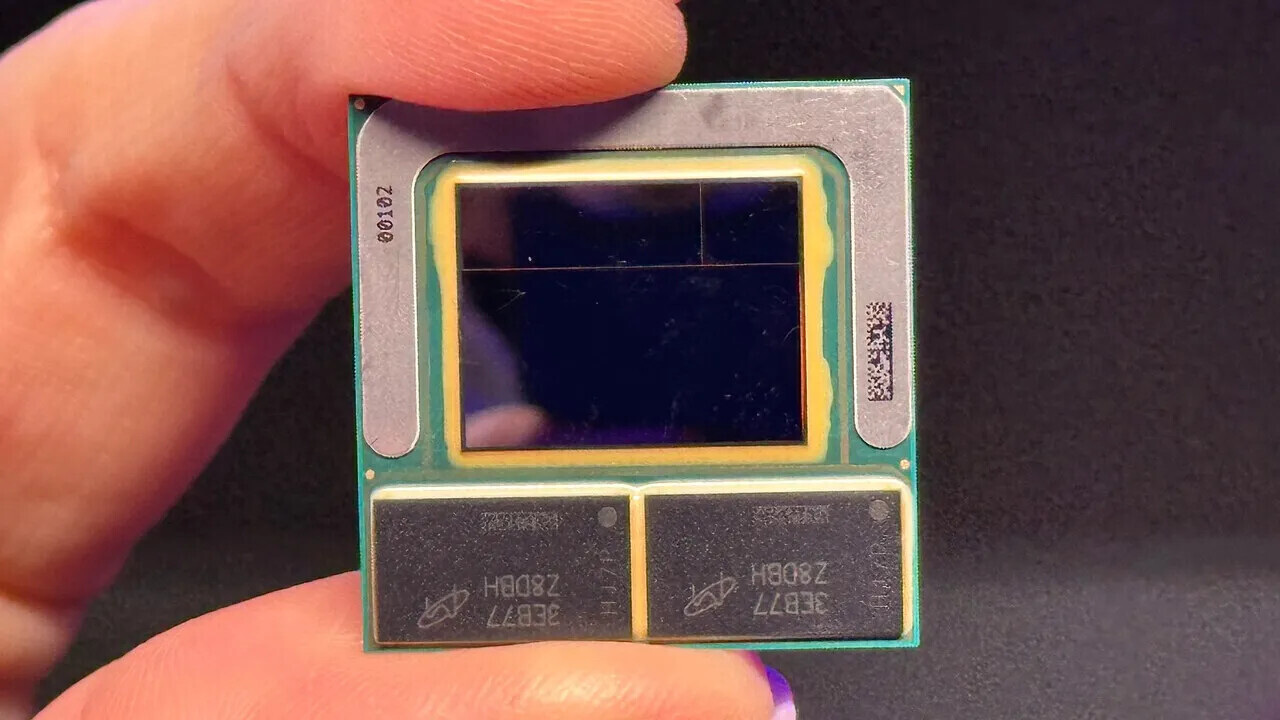
Replacing and expanding RAM in ultrabooks have never been common. However, its desoldering on the processor substrate certainly makes these procedures virtually impossible. Therefore, you will have to choose the desired volume in advance, calculating potential use cases before purchasing. In addition, this approach will worsen the repairability of the laptop, and owners of MacBook Air and MacBook Pro know this better than anyone.
Release of Lunar Lake processors expected towards the end of 2024. Around the same time, it will begin to appear in commercial laptops from some manufacturers that are among Intel's closest partners. And by 2025, everyone else will receive the new stones, and the production of laptops based on them will expand more fully.
Computers with Lunar Lake processors will go on sale around the same time as Arrow Lake. Intel is not afraid of competition, since these are, after all, solutions of different levels with divergent positioning. Still, the latter will be aimed at higher-end laptops, including gaming solutions, and will allow them to perform tasks that require increased performance.




